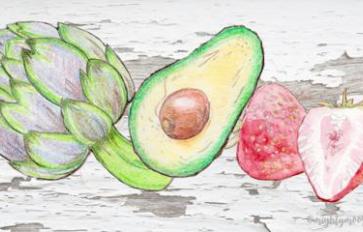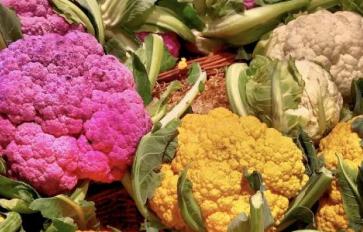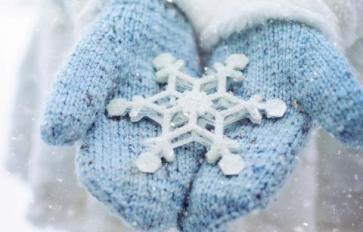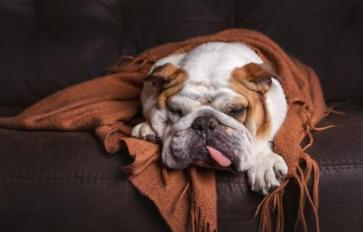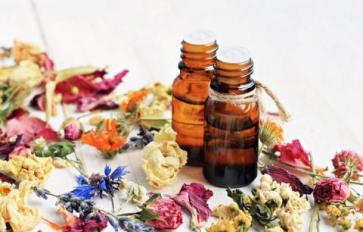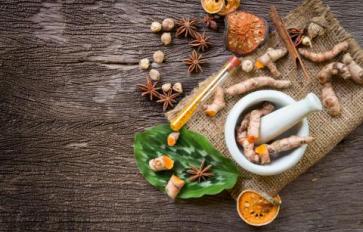
Who doesn’t love bees? They put the food on our table, pollinate plants, and are an integral part of our global ecosystem. But their contributions don’t stop there. The use of beehive products, or apitherapy, is a centuries old alternative healing modality that can treat many upsets.
What is Apitherapy?
Apitherapy is an ancient healing practice that uses beehive products to heal ailments naturally. From honey, to propolis, to royal jelly (and more) apitherapy is a great way to treat anything from headaches to rheumatoid arthritis. Many beehive products are naturally antibacterial, antimicrobial, and are nutrient and mineral dense. Apitherapy is a great way to heal yourself – from the inside out – without the exposure to harmful side effects.
Disclaimer: Of course, if you have any bee or bee product allergies, unfortunately apitherapy is not for you. These products, however natural, do contain bee allergen ingredients. Some of these treatments (such as honey, royal jelly, and pollen) can be used to desensitize allergies (bee or otherwise) but please use these treatments carefully and under the guidance of your healthcare practitioner.
Please always make sure to check the ingredients and ensure that the beehive products you’re purchasing are sustainably and locally sourced.
Here are five of the most common and beneficial apitherapy treatments.
-
Honey
We’ve written a lot about honey here at basmati.com, but there’s just so much to say about nature’s healer. Honey is the product of, well, regurgitated nectar. The bees collect nectar from flowers during pollination, and store it in the crop (the “extra” stomach). From there, the honey is transported back to the hive, where the bees take turns regurgitating the nectar and mixing it with enzymes in the crop, forming honey. The honey is then deposited into the honeycomb, where it is sealed with wax and stored for their food supply. When stored properly, honey has a shelf life of… forever.
Applied topically as a salve, honey is great for cuts, burns, acne, and other skin ailments due to its antibacterial and antimicrobial properties. Honey also makes a great facemask, body scrub, or hair rinse! Taken orally, honey can help you sleep, reduce allergies, and even regulate your blood sugar. Honey can even act as a natural aid for cold & flu symptoms! In order to get the most out of honey as a natural remedy, make sure the honey that you’re buying is real honey. And, if possible, always make sure to check your local food co-op first!
-
Royal Jelly
Royal jelly really is the gelatin of royalty in the bee world. While it’s fed to all larvae for the first few days in the hive, it then becomes reserved for the queen and/or future (or “potential”) queens of the hive. The jelly is made from the glands on the heads of worker bees, and actually helps “transform” a bee into a queen due to one of the proteins in royal jelly, Royalactin.
This viscous bee liquid contains lots of healthy goodness, including minerals, fatty acids, crude proteins, and simple sugars. Royal jelly can also be applied topically or taken orally – it’s a safe, effective way to naturally heal many ailments. Like honey, royal jelly can be used as both a beauty and healing elixir. In fact, royal jelly is often used in beauty products because of its abilities to increase moisture in the skin, and encourage the growth of new skin cells and collagen. Royal jelly is also great for gut health, since it contains an important probiotic, bifidobacteria.
-
Bee Sting Therapy
Honey bee venom, or apitoxin, is the substance released through a bees' stinger that makes the sting a painful one. The apitoxin is released through the stinger and into the flesh of the target.
As you might have guessed, when administered, this form of apitherapy can be a lot less pleasant than the others on the list! Bee sting therapy involves the collection of bee venom (the venom that’s released when you get stung) and applying it to the pained area. Bee sting therapy has proven to be particularly effective for issues with arthritis and other joint issues such as inflammation, swelling, and stiffness. Bee venom therapy has also shown to be an effective treatment for some cancers, and even shows promise in the search for a cure for HIV. Bee venom is also used in a variety of beauty treatments, such as facials and collagen stimulation. The venom can be applied topically or via injection (from the bee stinger itself). If this therapy works for you, but you love bees, fear not: there are ways to collect bee venom for this therapy without killing the bee (dubbed the “electrical method”).
-
Propolis
Propolis is made from a mixture of collected resin, beeswax, pollen, and saliva to create a thick resin with a glue-like consistency. This resin is then used throughout the hive to seal off the hive from the outside world – germs, predators, etc.
This sticky resin is good for more than sealing up a hive! Propolis is naturally antibacterial and antimicrobial, so it has been used effectively for oral health – both in protecting teeth against sugars as well as healing oral wounds, such as speeding post-op or canker sores. Propolis is also known for reducing inflammation due to its antibacterial and antimicrobial properties as well, and is often used as a salve for anything from acne to burns. Propolis has even been used as an alternative to antibiotics – without the depletion of the variety of gut flora that is so crucial to gut health.
-
Pollen
Ah, pollen. A powdery substance discharged by male flowers to contribute to the blossoming of the flowers we so enjoy in the spring and summer. Pollination occurs through wind, various animals, and of course, bees! When bees fly, their wings create an electric charge, which makes pollen stick to their bodies when visiting a flower to collect its nectar.
While you may sneeze when you take a whiff of the stuff, your body will thank you for adding this powdery goodness to your health and beauty regimen. Some even consider pollen a superfood – it’s considered the most nutrient- and vitamin-dense food in nature! This is because pollen is made up of 40% protein, and contains other vitamins and minerals like calcium, iron, magnesium, and zinc (just to name a few). It’s also rich in enzymes and coenzymes, as well as vitamins including vitamins B, C, E & D. Pollen (taken orally or used as a scrub) can also drastically improve the look of your skin, and act as an anti-aging agent.
Bees are an incredibly important aspect of our food, economy, and environment. Unfortunately, there has recently been a drastic decline in the bee population, resulting in their addition to the endangered species list in 2016. If you love bees as much as we do, there’s a lot you can do to help protect them! For example, you can choose plants to create a pollinator habitat in your yard. It’s also more important than ever to buy plants that are pesticide free! When you’re gardening, make sure to use organic methods of pest control. You can also get on your area’s ‘NO SPRAY’ list, and get involved in other policy platforms that protect bees.


